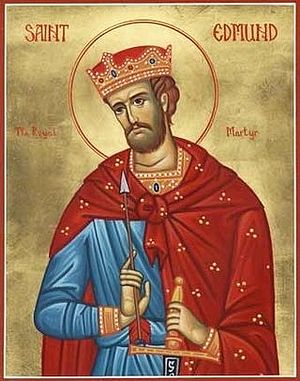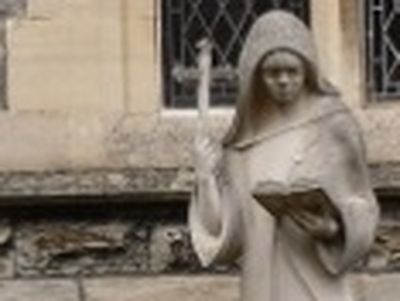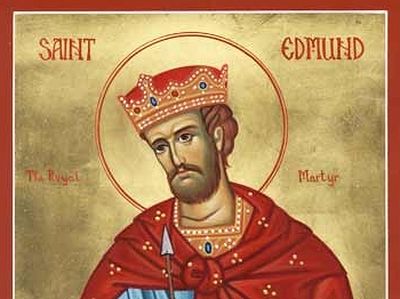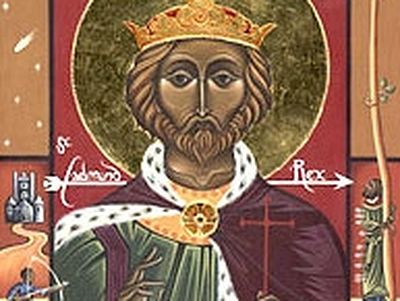Moscow, May 5, 2017
Experts intend to look for the relics of the ninth-century Saxon king St. Edmund, the original patron saint of England, which they believe are buried under tennis courts in the city of Bury St. Edmunds, reports the Telegraph. The expedition follows on the heels of the 2012 discovery of the skeleton of King Richard III under a parking lot in Leicester.
The tennis courts in Abbey Gardens sit atop a former monks’ graveyard, where researchers believe his relics may have been moved after the desecration of the East Anglian town’s Benedictine Abbey where they were reverently housed in a shrine.
For centuries, St. Edmund’s relics have simply been considered lost, although historian Francis Young believes they would have been transferred: “The commissioners who dissolved the Abbey on November 4, 1539, mentioned nothing about the body, and given St. Edmund’s royal status it is likely they would have quietly allowed the monks to remove the body from the shrine and relocate it.”
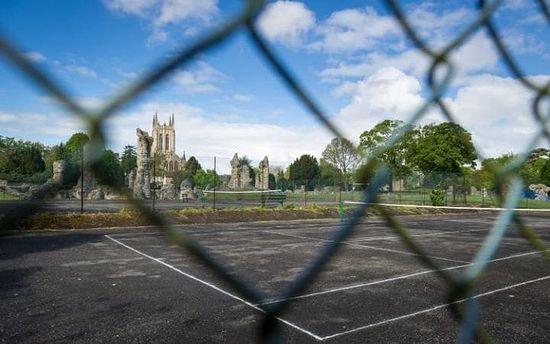 The Tennis courts in the grounds of Abbey Gardens Bury St Edmunds where archaeologists could be set to look for King Edmund's remains CREDIT: SWNS
The Tennis courts in the grounds of Abbey Gardens Bury St Edmunds where archaeologists could be set to look for King Edmund's remains CREDIT: SWNS He notes that a 1697 third-hand account states that a few monks had placed St. Edmund in an iron chest, although it does not specify where within the abbey he was buried. “On balance, however, the monks' cemetery is the most likely location,” Young stated. If he was indeed placed in an iron chest, that will help in distinguishing his remains from those of the other monks.
Plans to move the courts, allowing for archaeological research, are being considered, with the backing of St. Edmundsbury Borough Council which owns the Abbey Gardens. The courts are located near the St. Edmundsbury Cathedral. Local councilor in charge of the project Robert Everitt noted the great historical importance of such a discovery. The only issue is finding a new place for the tennis courts, although there are already plausible options being considered.
St. Edmund was the king of the East Angles in the ninth century, likely killed by Vikings when he refused to denounce his Christian faith. His place of death in 869 is believed to be Suffolk or Norfolk. The Vikings removed his head so that he could not be buried whole, although, according to legend, a wolf led his loyal followers to it.
Soon after his death his relics were placed in a shrine in the abbey in the town of Bedericesworth, which later became Bury St. Edmunds. It became the most popular place of pilgrimage in England, with many future kings visiting his relics. St. Edmund later became the patron saint of England, although that role was transferred to St. George in 1327.
St. Edmund’s memory is kept on November 20/December 3.
